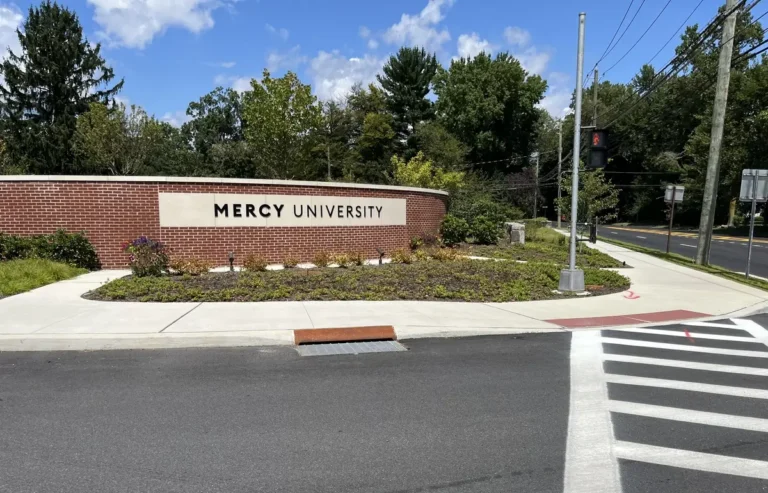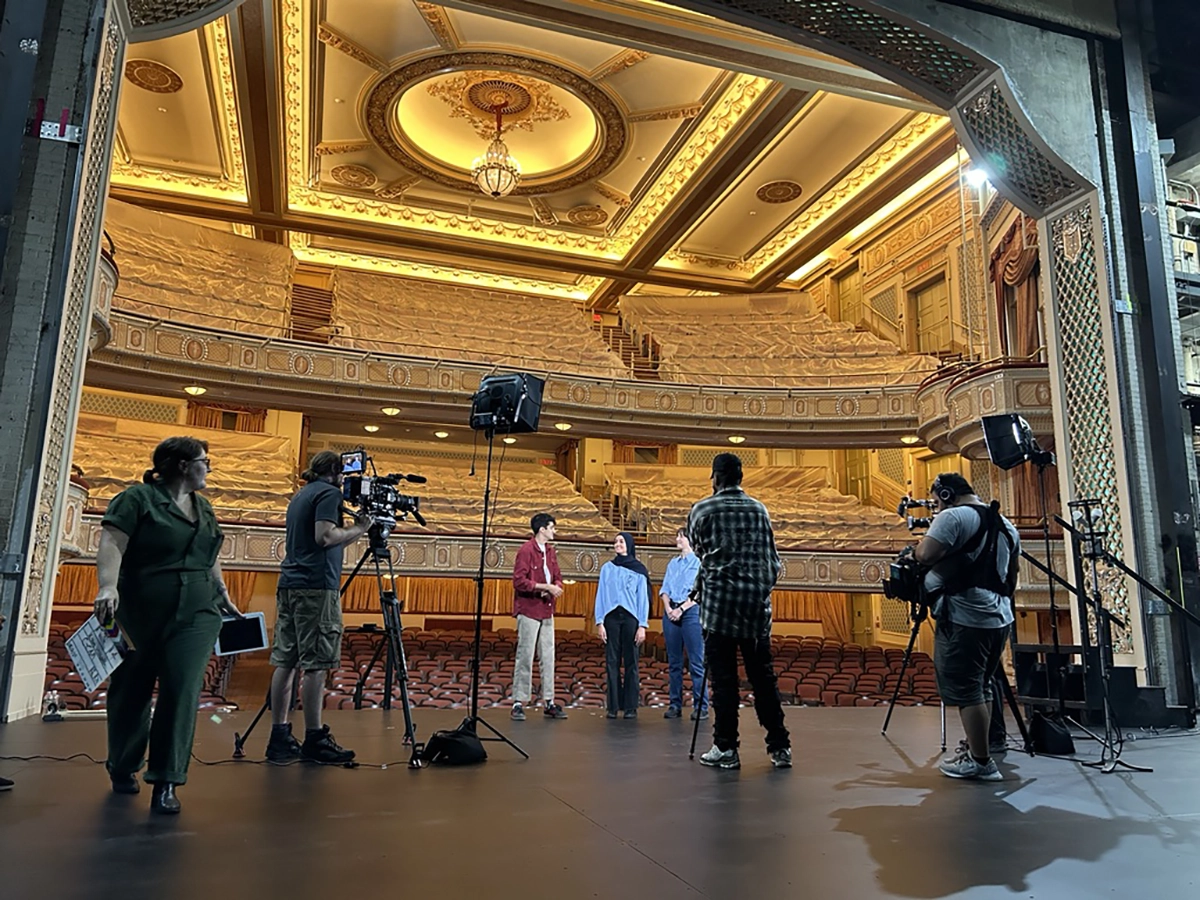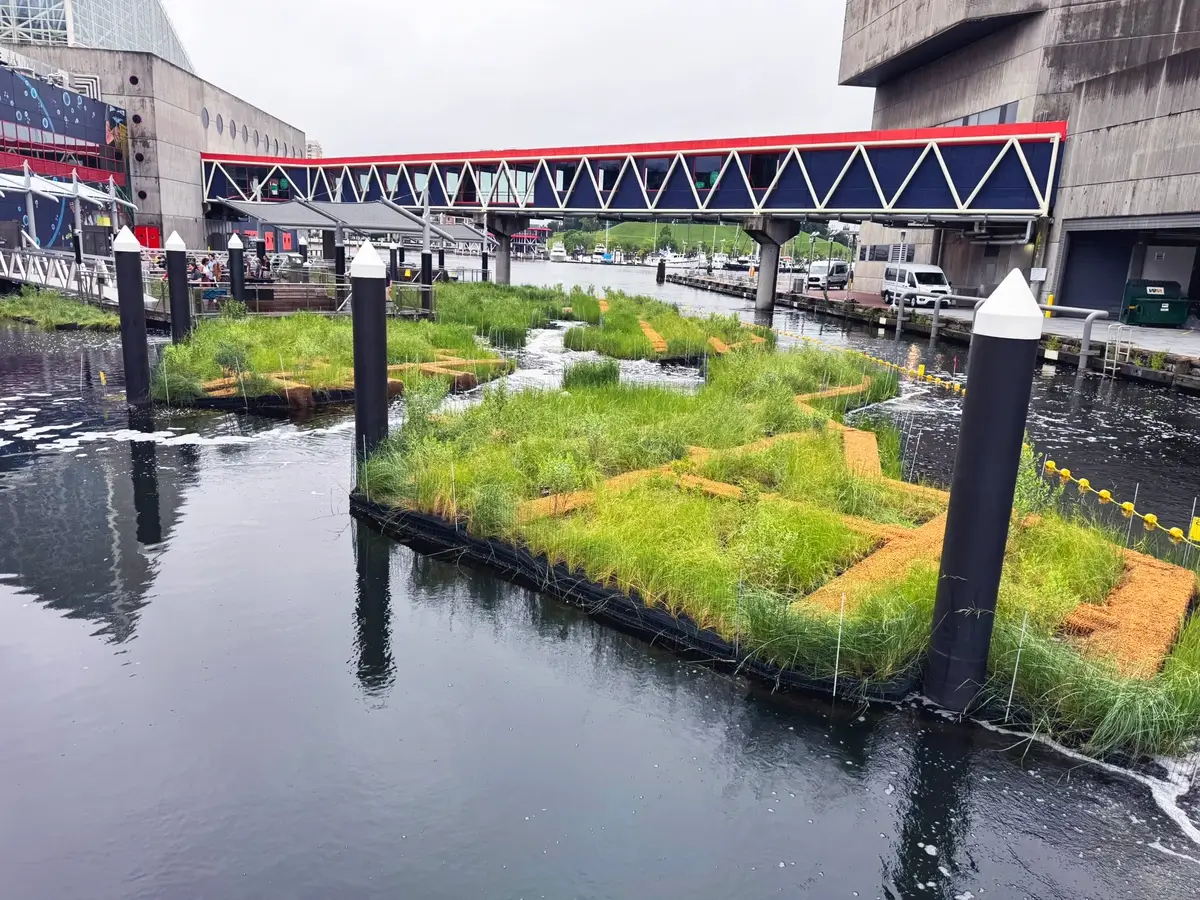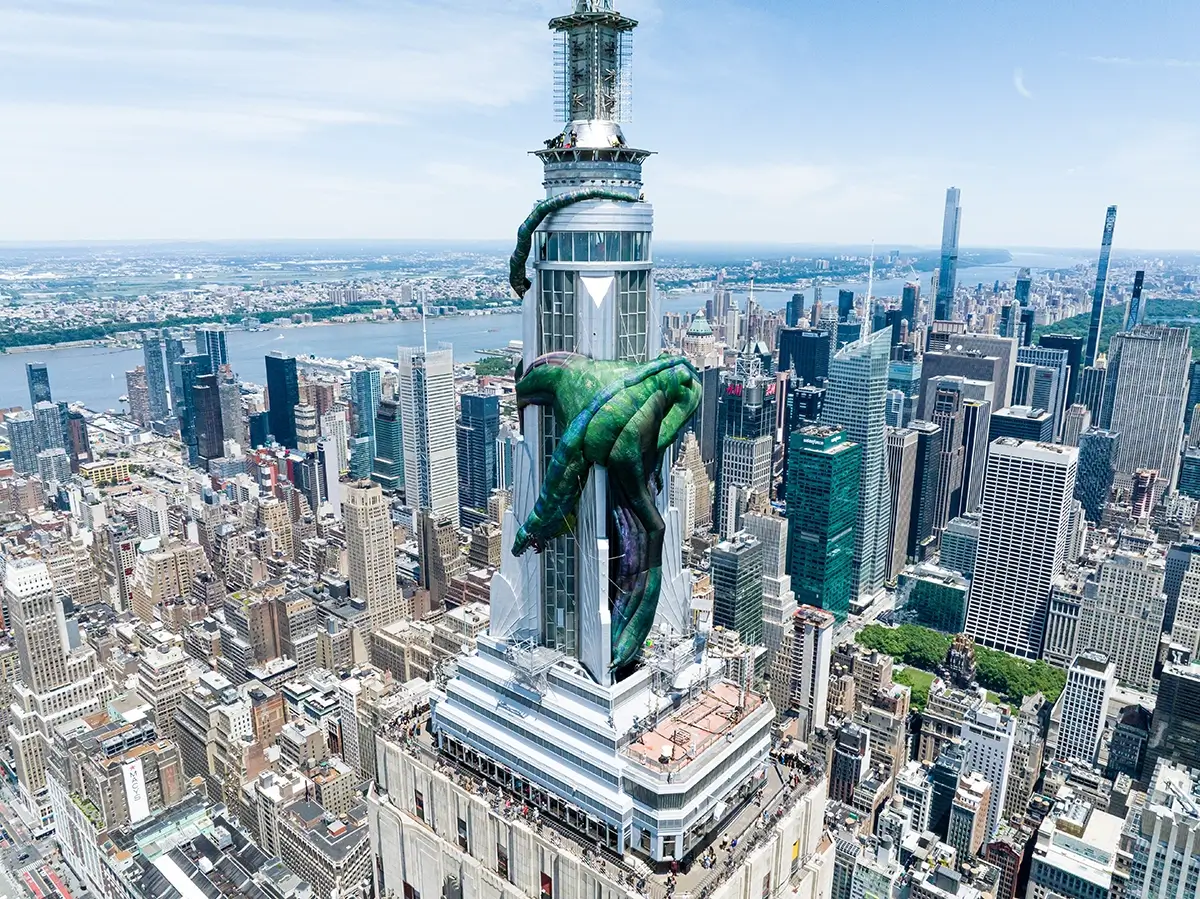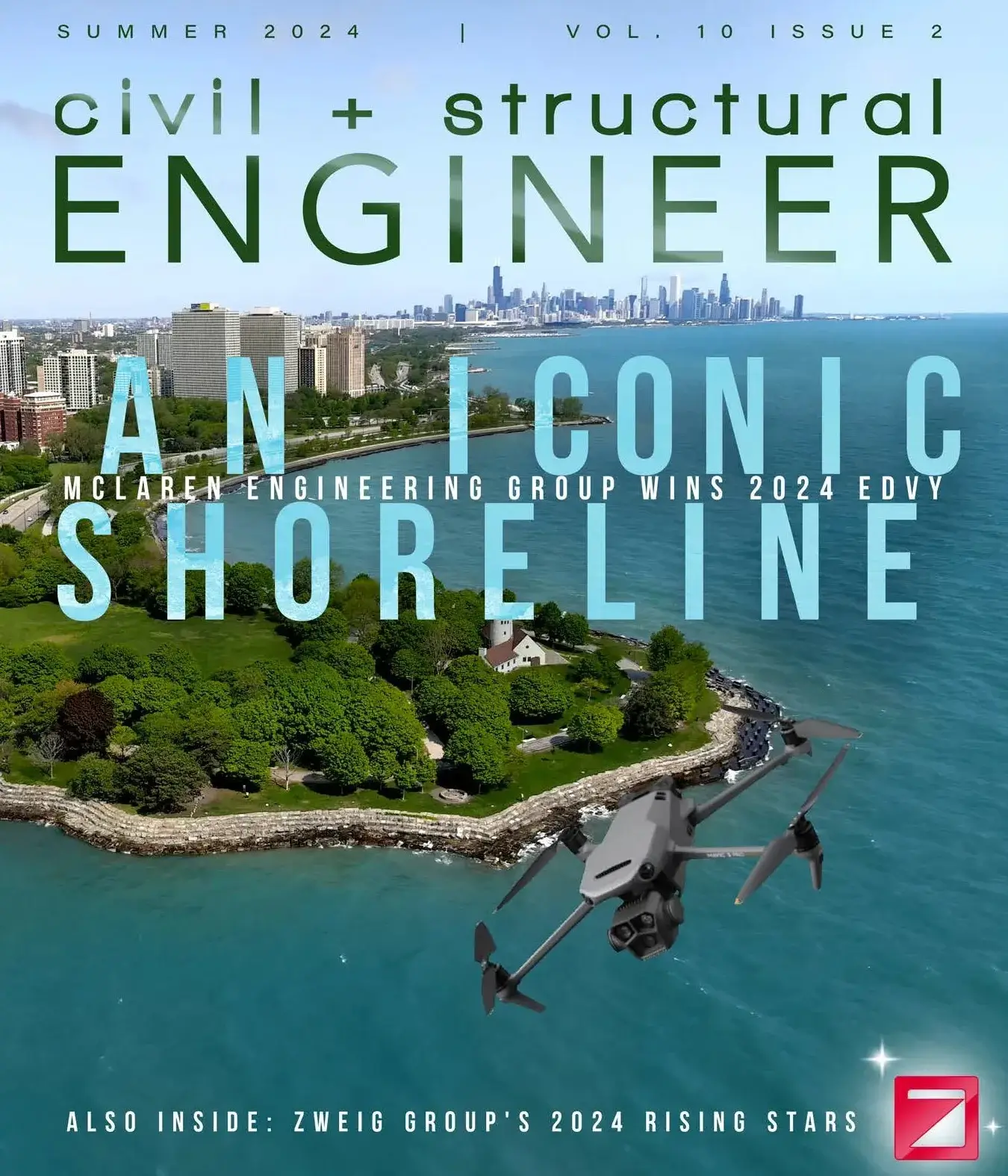Teaming with ECCO III, McLaren is providing Design-Build Services for the Replacement of MTA’s Fulton Avenue Bridge, located over the Metro-North train tracks in downtown Mount Vernon, NY. The 130-year-old bridge has aged past repair and serious issues have compromised its structural integrity resulting in a forced closure to vehicular traffic in 2022.
As our bridge team works on the design of a modern replacement bridge, our construction engineers provided crucial support services for the methodical removal of the original structure, employing innovative techniques such as the self-propelled modular transporter (SPMT) to slide the bridge span 150 feet from its current location. This intricate maneuver allows for the safe disassembly and demolition of the aging structure.
James and Tom share their firsthand experiences and insights into the complexities of this transformative project from the field.
Transcript
Engineer James: “Hey everybody, this is James at McLaren Engineering Group. This is Fulton Avenue (Bridge) in Mount Vernon, New York. We’re moving the original structure that was built in about 1897. We’re going to walk it 150 feet north off the structure so it can be broken down and demolished. What you can see here is actually the existing bearing. It’s up on Mammoet’s system. It’s their spreader beam that’s on top of a Goldhofer. (SPMT)
Last night, we picked the bearings up from the existing sub-structures, lifted it about 15 feet and walked it north about 15 feet. Right now I am actually standing on the skid beam system which is how the south bearings are going to slide along the length of the structure. The north abutment is going to be pulled via the Goldhofer and the whole system works as basically a frictionless system.
Here is the gantry system itself. It’s all hydraulically operated by Mammoet. They jacked it up with hydraulics and that’s the system that actually hoisted up the bridge 15 feet. You can see a couple of really big shackles over there which we attached rigging to directly to the bearings which was paramount for the design because the existing bridge was always supported by the bearings.
So we attached the rigging around the pin of the bearings to keep the existing conditions exactly the same as the construction conditions. You also see right here that the Goldhofer is supported on the 30 foot distribution beam that spans the south abutment to a temporary footing that you can’t see because its buried underneath the soil.
But the stability of the abutment was a major concern because that was also built in 1897 and its comprised of just masonry that is all grouted which didn’t have a whole lot of stability built in especially when we removed the structure from it which is a stabilizing force.
Alright, also down here is a good view of all of the temporary works by Mammoet that we designed the erect plans to get everything into place to actually facilitate the slide of the structure. Over in the center pier, those towers are actually supported on the proposed foundation that McLaren also designed under the DU package and there is a custom grillage sytem that prevents overturning during the slide. Also, at that sub-structure, particularly the north abutment, you can’t see it, but we designed some custom bearings that provide a PTFE (Polytetrafluoroethylene) frictionless surface so that when the Goldhofer is actually driving, those longitudinal friction forces don’t create a driving moment and produce an overturning moment reducing the stability of the structure.
There are a few other more minor inclusions that we did to facilitate the overall stability of the structure. Obviously, we analyzed the structure in RISA with wind loads and all other construction loads placed on the truss during the move but, overall, this is just a good general shot of the structure prior to the slide.
Engineer Thomas: Another piece of engineering by McLaren, was design of a temporary distribution foundation behind the north abutment for the temporary works of the skid track beam. Purpose being the weight of the structure moving toward the north abutment is going to put vertical pressure behind the abutment and distributing that force out at a distance from the back wall will reduce the lateral pressure pushed onto the abutment in its no load condition. So, it was vital to the stability of that abutment during this stage of construction for demolition.”

